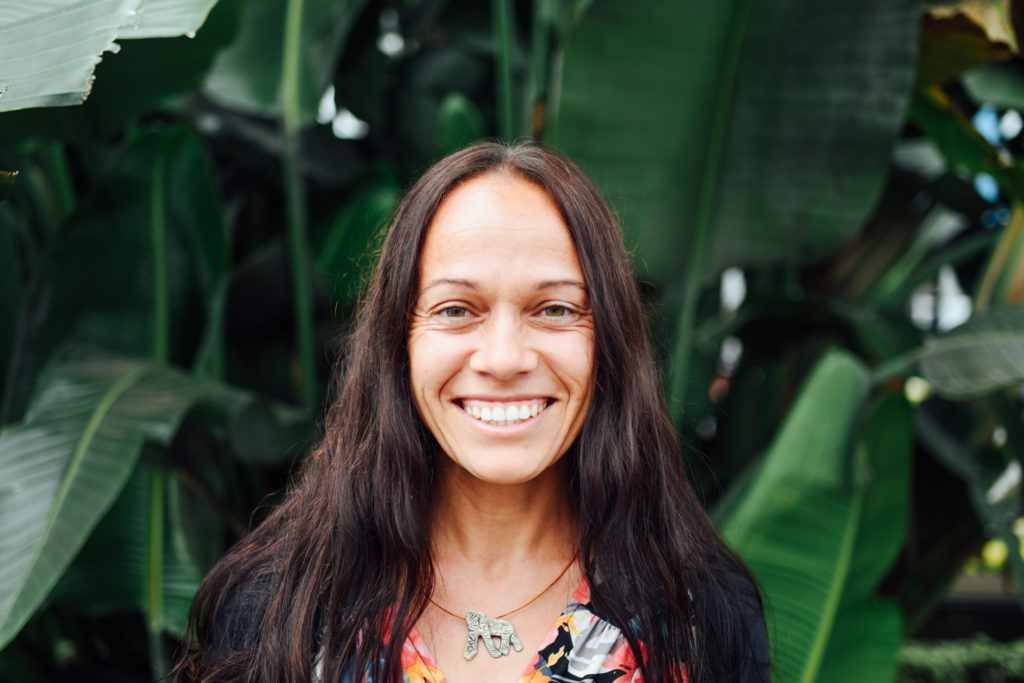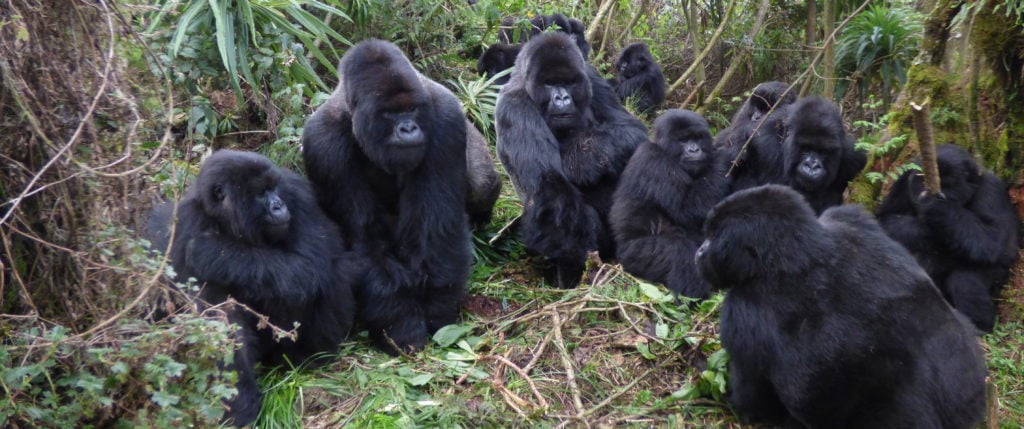

Dr. Tara Stoinski serves as President and CEO and Chief Scientific Officer for the Dian Fossey Gorilla Fund. As the Fossey Fund’s leader, Tara is responsible for the daily management of the entire organization. As a scientist, she plays an active role in numerous scientific studies with our own scientists and with collaborators from around the world. Prior to taking on the CEO role in 2014, she worked with the Fossey Fund for 13 years in a scientific capacity. Tara has studied gorillas for more than two decades and is the author of over 100 scientific publications and books. Her work has been featured in numerous press outlets, including National Geographic Magazine, CNN, and NPR. Dr. Stoinski also serves in a number of leadership positions within the conservation, primate and academic communities.

Dr. Winnie Eckardt is our Research Manager in Rwanda. Winnie has many years of practical experience with gorilla behavior, ecology and conservation, reaching back to 2004 when she first joined the Fossey Fund’s Karisoke Research Center as a research assistant. Winnie collected her PhD data at Karisoke, looking at mother-infant interactions, and then also conducted a post-doctoral study at Karisoke which examined the physiology of stress among mountain gorillas. In 2015, Eckardt became Karisoke’s research manager. Her duties include supervising the ongoing long-term Karisoke gorilla data collection and current research projects, supporting the publication and scientific writing process of Karisoke researchers and students, implementing electronic data collection, ensuring high-quality field data, strengthening scientific collaborations, supporting grant writing, and continuing her own gorilla research projects.
3. Deogratias Tuyisingize, MSc

Deo is another important member of our research team. He is a wildlife biologist, researcher, and ecologist whose research focuses on biodiversity conservation in Rwanda. He first arrived at Karisoke as a student conducting his senior thesis research on golden monkeys (Cercopithecus mitis kandti). After graduation, he was hired as a biodiversity researcher and began collecting long-term behavioral data on the golden monkey population in the Volcanoes National Park (VNP). In 2010, after completing his master’s degree in conservation biology from the University of Cape Town, he was appointed as the Biodiversity Program Manager for the Karisoke Research Center. In April 2016, Deogratias was admitted as a Ph.D. candidate at the University of Rwanda where his research focuses on the “conservation ecology of the golden monkey in their remaining habitats in Rwanda” while remaining the biodiversity research manager at Karisoke. Deo also oversees the Fossey Fund’s programs with local universities aimed at training the next generation of African conservation leaders. So, he has gone from a student himself in that program to now leading it!
4. How has field research changed?
Field research has changed a lot since the time of Dian Fossey! When Fossey first started her research, she and her team collected basic observations to understand general gorilla behavior and answer questions about their reproductive patterns, feeding ecology, space use. Fifty years later, we still collect many of the same data, which means we now have information on five generations of gorillas! However, we also now have technology to help us answer more advanced and in-depth questions, for example, questions related to physiology, genetics, and nutrition. Some of the questions we are asking don’t even require us to physically see the animals to answer them! For example, just by collecting gorilla fecal samples you can understand elements of their diet or their genetic relatedness.
5. Recent research projects
While we are currently continuing to collect our long-term observational data and add to our ever-growing database, we have recently completed some very exciting photogrammetry studies! Photogrammetry is the science of taking measurements from photographs. With this technology, we can measure the size of gorillas as well as growth patterns! One study looked at what factors influence reproductive success in male gorillas. We came to the conclusion that sagittal crest height and back breadth are the greatest predictors of reproductive success.Using photogrammetry methods, we have also discovered that males and females grow the same way until the age of 8. After that, growth patterns between the sexes are different. We’ve also learned that female gorillas stop growing around the age of 12, while male gorillas continue growing until they are about 15.
Sign up for the latest gorilla news and updates!







